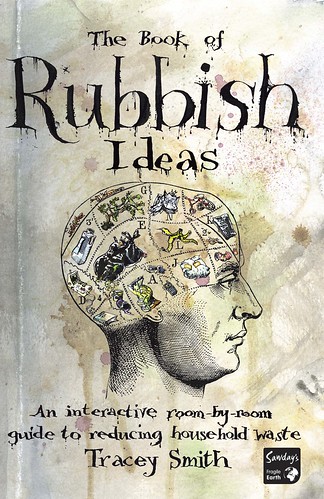 Nursing hangovers and swearing never to drink again, having a leisurely snog, knocking up a spiffing roast dinner, having a word with the holy ‘Himself’ upstairs AND milling around DIY stores are all popular Sunday pastimes for we Brits.
Nursing hangovers and swearing never to drink again, having a leisurely snog, knocking up a spiffing roast dinner, having a word with the holy ‘Himself’ upstairs AND milling around DIY stores are all popular Sunday pastimes for we Brits.
Today, I’m talking ‘tiling’.
Prompted, because my lovely better half has just finished a little job in my downstairs loo, using 8 broken and leftover tiles from our kitchen.
I snapped this shot earlier today and you can see, he hasn’t even wiped the grout off, but I do like to catch a man at work and didn’t want to stop him in full flow just to get a Homes and Garden picture…
I caught him in-between tea breaks, looking pretty focused with a pencil behind his ear and asked for his imperial knowledge on the subject. Here’s what he had to impart. Please read in a blokie voice, not dissimilar to Tommy Walsh.
You are always left with a bit of surplus material, whether its tiling, wallpaper hanging or making shelves. Ideally, you should ‘plan in’ about a 5-10% contingency for your off cuts. It’s the same with carpeting and If you apply a bit of creative thinking, you should never throw anything away.
My top tips? Well, for a small project like a splash-back area behind your loo sink taps, if you’ve got a handful of random tiles, why not go for a mosaic design like this one. If you’ve never done it before, it’s easier to plan the design by laying them all out first to be sure you have enough pieces.
Keep all of your plastic spacers, they can be reused many times. Put them in so they poke out of the tiles, don’t set them into the tile.
Start at the bottom of the project and work your way up. I normally use an all in one grout and adhesive to bond them to the wall.
Invest in a good sliding tile cutter if you have a large project, or hire one or borrow one from a friend. They are good investments and you’ll suffer fewer breakages. Or use a small hand operated tile cutter if you’re working with small pieces - that way, if you want to use every last scrap you can cut each piece exactly to fit to job, giving you zero waste. I use an angle grinder and clamp the tile in a vice and if you do, don’t forget to use safety protection, goggles and ear defenders.
Here's one he made earlier!
If you have a few leftover tiles, why not make a coaster, or a pot stand. Get an old piece of MDF and make a hot plate stand, or decorate around a mirror or directly onto a picture frame to compliment the room.
Finally, once you’ve got your tiles up there, leave the project overnight before you grout it. You really don’t want to disturb them at all, as they are fragile pieces that need to set well before being fiddled about with.
After a few tiling jobs, you might have enough to do a larger project like an outside table using random textures and colours. Or maybe make a few funky things for the children’s room and involve the children too - they’ll love it!
I think the best advice I can give you about any DIY job is to double check when you measure up the room in the first place. Measure it three times even! You don’t want too many leftover anythings, as they’ll only sit in a garage gathering dust and irritating you.
Rubbishly yours,
Ray Smith!



It looks lovely folks, what a great idea. I used to love doing mosaics as a child, maybe I should have another go. I love the idea of a pot stand.
Even better when it’s at nil cost eh? deb x
deb x
Evening Deb - nil cost too right! Actually, I have a great picture of a lovely table Ray made some years ago. It was a circular metal thing with rather nice legs, but I think he pulled it out of a skip and did the most beautiful mosaic on the table top - I’ll dig out the picture and upload it tomorrow.
DONE - see above!
TS
x
Love the splashback it looks great !!
One word of warning though, MDF needs to be sealed very carefully with PVA mixed with water at a ratio of 4 parts water to one part PVA. Id give it three coats allowing to dry well between each.
Also when tiling onto timber remember to use a flexible adhesive to combat shrinkage/ swelling.
Hi Columb,
Excellent additional advice there! Thanks.
Rubbishly yours,
TS